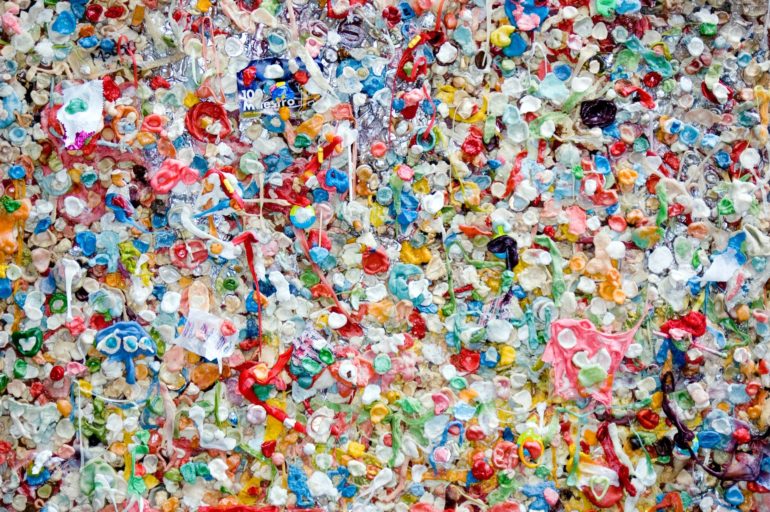A team of researchers from the U.K., China, and Saudi Arabia has developed a process for converting plastic waste into hydrogen gas and carbon nanotubes. In their paper published in the journal Nature Catalysis, the group describes their process and how well it worked when tested.
Over the past several decades, plastics have been found to be a major form of pollution—in addition to the billions of tons of plastic in landfills around the world, large amounts of it has made its way into the environment, where weather and other factors break it down—the resulting microplastics have been found in lakes, rivers and streams and all of the world’s oceans, harming plants and wildlife. One of the major factors driving plastic pollution is the lack of a way to recycle it. Instead, it is simply discarded. In this new effort, the researchers have found a way to recycle ordinary consumer plastics into a useable energy source and a useable carbon nanotube source.
The process involved pulverizing the plastic samples—this was done using microwaves with aluminum oxide and iron oxide serving as catalysts. Microwaves allowed for heating the catalysts without heating the plastics—instead, the plastics were heated incidentally by the catalysts. This approach prevented unwanted side reactions, which made the process more efficient.
The researchers report that the conversion process lasted just 30 to 90 seconds, and resulted in recovery of 97% of the hydrogen in the plastic. In addition, the carbon nanotubes produced were of sufficient quality for use in other applications. They note that there are currently other large-scale applications that involve the use of microwaves in commercial venues, suggesting that such use for recycling plastics might be possible. They acknowledge that they have not yet tested their approach to recycling plastics at a larger scale. They suggest the magnitude of the disaster that lies in the world’s future if plastic pollution is not brought under control will drive efforts like theirs to succeed.
A new kind of plastic that is able to maintain its original qualities when recycled
More information:
Xiangyu Jie et al. Microwave-initiated catalytic deconstruction of plastic waste into hydrogen and high-value carbons, Nature Catalysis (2020). DOI: 10.1038/s41929-020-00518-5
2020 Science X Network
Citation:
Turning plastic waste into hydrogen gas and carbon nanotubes (2020, October 14)
retrieved 14 October 2020
from https://phys.org/news/2020-10-plastic-hydrogen-gas-carbon-nanotubes.html
This document is subject to copyright. Apart from any fair dealing for the purpose of private study or research, no
part may be reproduced without the written permission. The content is provided for information purposes only.


